.jpg)
Accurately tracking the use of sustainable and certified materials across complex supply chains is vital amid challenges like climate change, resource depletion, and social inequality. Embracing mass balance enables businesses across industries to comply with regulations, enhance sustainability performance, build consumer trust, and strengthen brand reputation. At the same time, it supports broader circular economy initiatives and fosters a more resilient supply chain.
Did you know that more than 80% of a product’s environmental impact is determined during its design? This means the choices made at the very start—from materials to production methods—set the course for a product’s sustainability long before it reaches the market. Across industries like chemicals, renewable fuels, organic food, and homecare, companies are facing growing pressure to design responsibly and prove that their products meet strict sustainability standards.
Tracking these choices through complex supply chains is no small task. That’s where mass balance and digital bookkeeping come in. By matching certified inputs with certified outputs, these systems make it possible to claim recycled, circular, or low-carbon content—even when materials are mixed or transformed. From renewable fuels adhering to ISCC PLUS or REDcert2 standards, to organic ingredients verified under USDA’s Organic Certification or EU Organic labels, and homecare products certified by Ecocert or Cradle to Cradle, mass balance provides a transparent, auditable chain of custody that builds trust and credibility.
This ebook explores how mass balance and bookkeeping are reshaping the way industries trace sustainable products from mixed feedstocks, turning early design choices into verified, environmentally responsible outcomes.
Industries face numerous challenges while trying to become sustainable. Complex value chains (intricately linked to 95% of all manufactured goods), environmental effects, and growing needs for sustainable products create major obstacles. Companies must guide themselves through changing regulations, market pressures, and tech advances to work effectively.
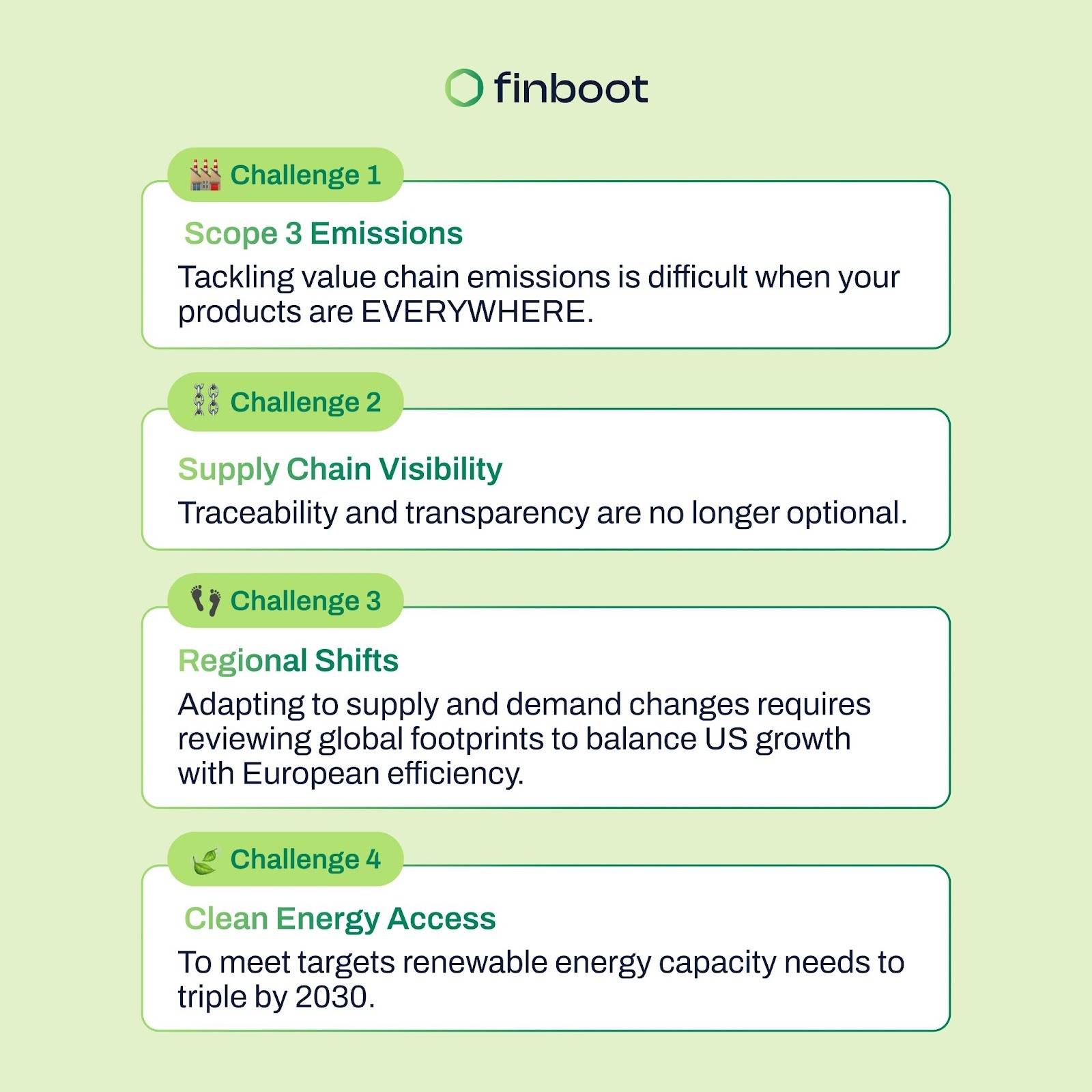
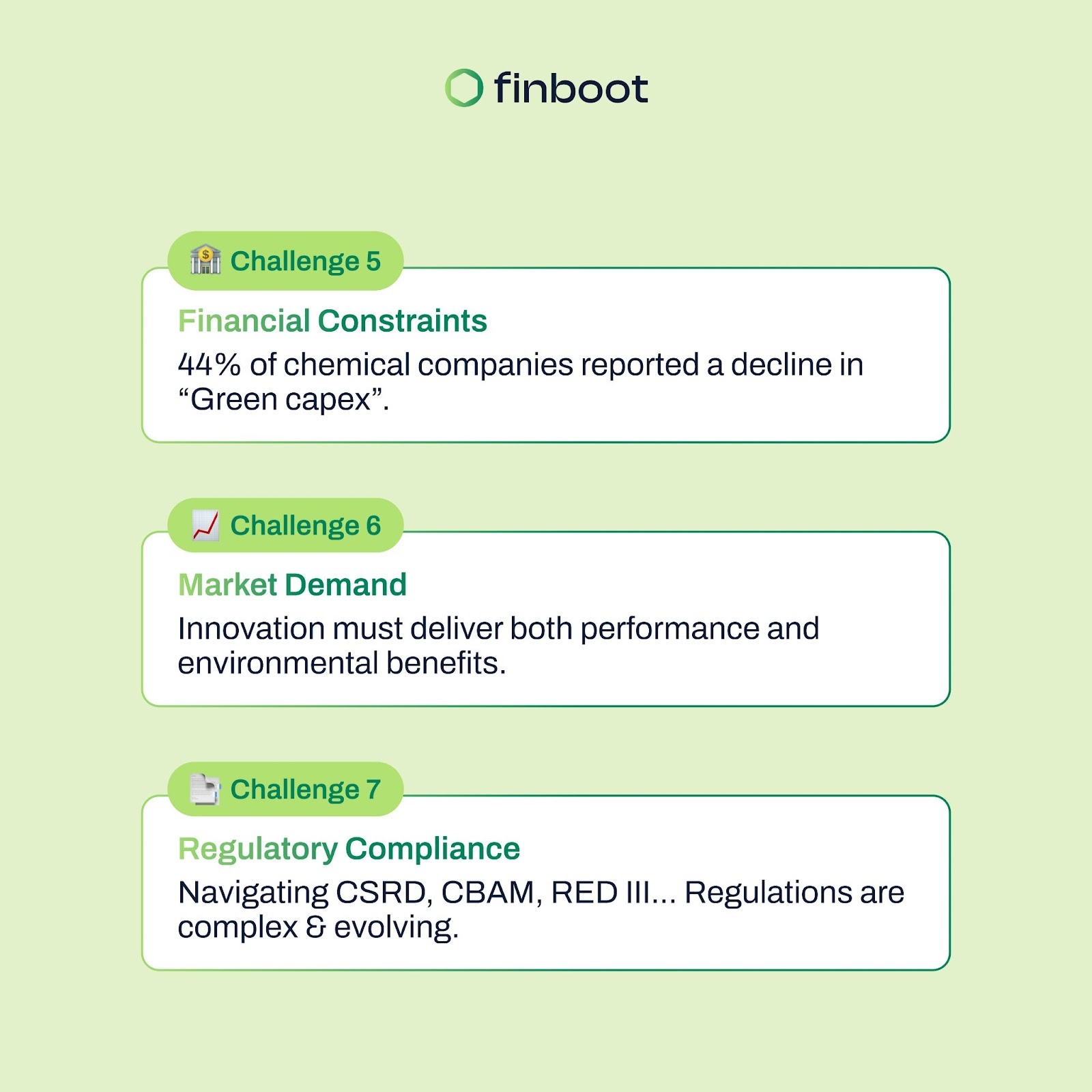
Supply chain visibility presents unique challenges across industries. Companies find it hard to track and verify sustainable feedstock amounts in their products. Modern products combine complex materials that are tough to identify and trace. To address these challenges, various Chain of Custody (CoC) models have emerged, providing a framework for documenting and tracking raw materials, processed materials, and finished products from their origin to the end consumer.
CoC systems help businesses verify sustainability claims, maintain supply chain transparency, and ensure compliance with legal and regulatory standards. In complex, multi-party supply chains, a robust chain of custody reduces the risk of tampering, contamination, or loss, while enhancing credibility and trust with stakeholders, customers, and regulatory authorities.
Beyond compliance, CoC enables quality assurance, improves operational efficiency, and offers a competitive advantage by demonstrating commitment to ethical and sustainable practices.
Different CoC models are designed to meet diverse operational and sustainability needs:
Unlike segregated systems, which require major investments in production, storage, and transport, mass balance enables sustainability traceability without altering existing operations. By tracking the specific properties of goods without physical separation, this method builds trust across the value chain, supports regulatory compliance, and advances the transition toward a circular and bio-based economy.
To learn more, read our blog “Ensuring transparency and trust in manufacturing: the importance of chain of custody.”
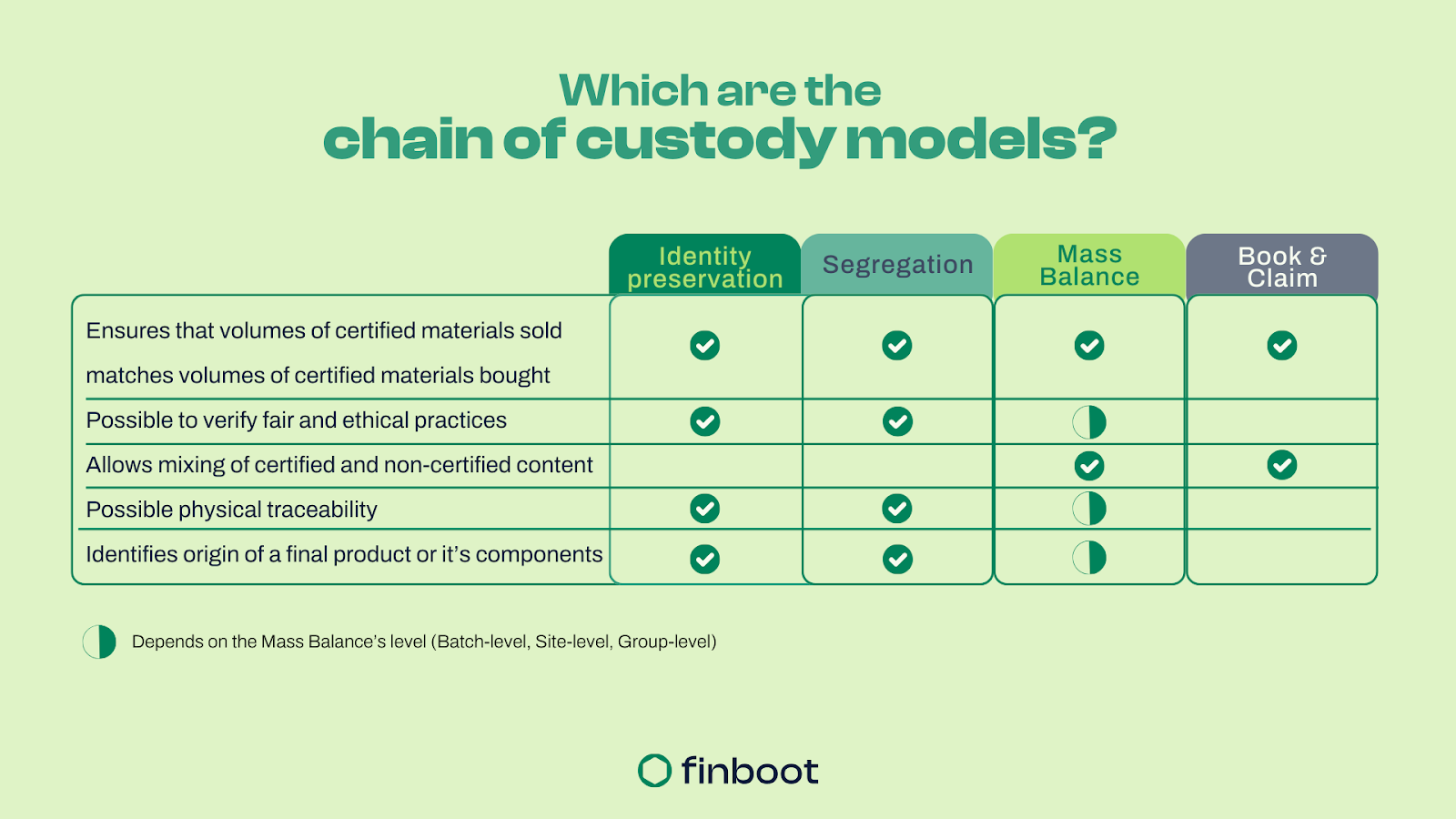
At the core of the mass balance approach is bookkeeping, the operational system that enables traceability:
Bookkeeping ensures that all materials and sustainability credits are accurately recorded, preventing claims from exceeding verified quantities. It also underpins the book & claim model by maintaining independent records of sustainability credits and their ownership. In practice, this allows companies across industries to track and verify sustainable materials efficiently, strengthening supply chain transparency and credibility without major operational disruption.
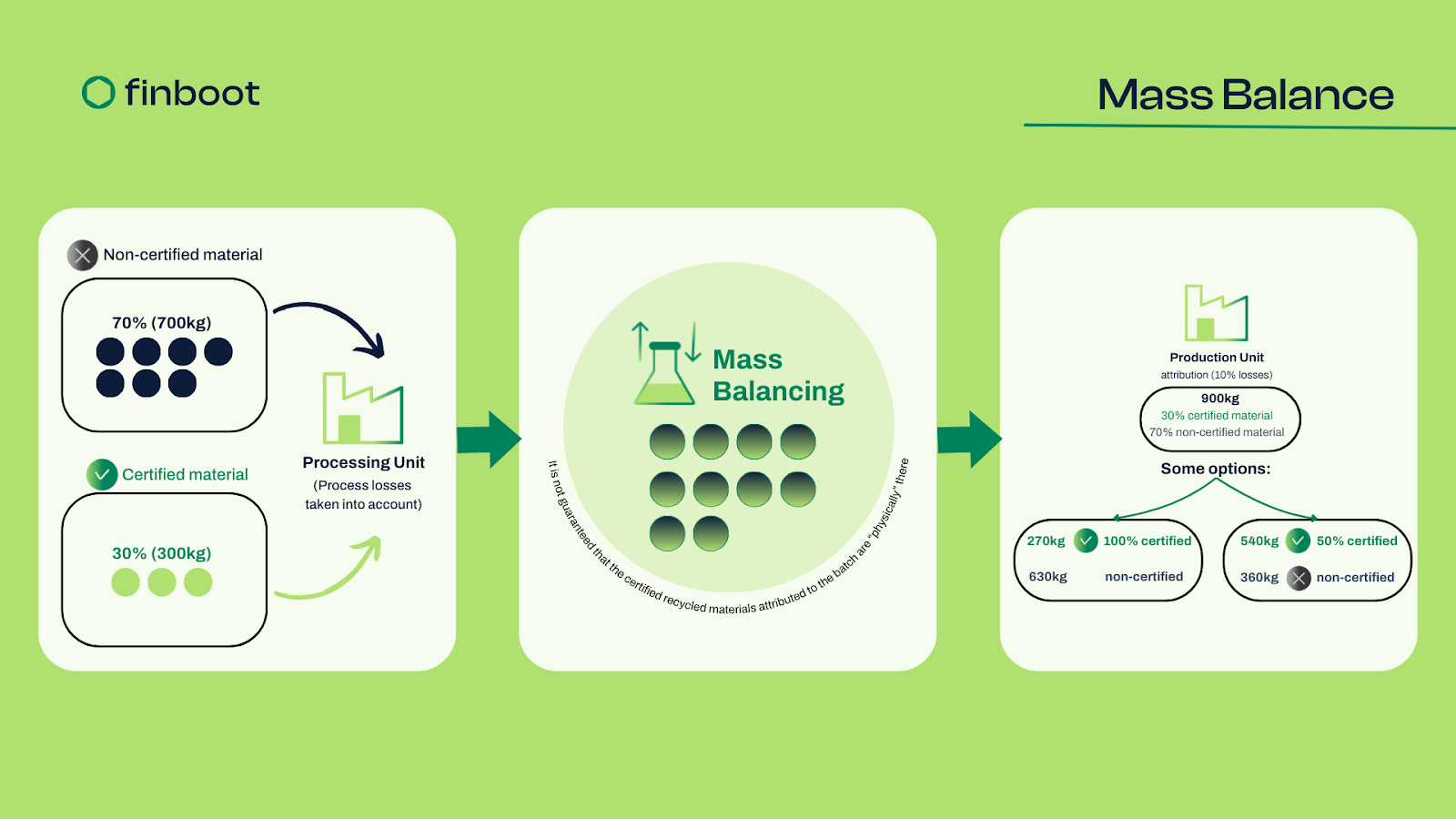
The chemical industry, crucial to modern life, plays a vital role in advancing carbon-neutral targets and circular society solutions. The mass balance approach, widely used in chemical recycling, food and extends to sustainable fuels and various industrial applications across the supply chain.
Mass balance frameworks, aligned with standardized models like ISCC, simplify of sustainable material percentages, enhance transparency, and foster trust among stakeholders. This approach encourages the use of recycled or renewable feedstocks and streamlines accounting processes.
Digital mass balance systems bring big chemical business advantages beyond better operations. Chemical manufacturers can enter premium markets, especially those with strict environmental rules. Companies can also charge premium prices for eco-friendly products, which helps cover setup costs while meeting market needs for verified sustainable options.
Companies that use digital mass balance solutions spend less on regulatory compliance. They benefit from:
.jpg)
Digital technologies are transforming how industries handle data collection, management, and sharing. Manual data entry and spreadsheets are prone to errors and often fail to provide real-time updates. For complex supply chains—whether in chemicals, renewable fuels, cosmetics, green aluminum or steel—these outdated methods struggle to track sustainability attributes accurately across products and processes.
Blockchain and advanced digital systems bring significant advantages to mass balance across industries. They allow companies to track sustainable materials more precisely, reconcile volumes efficiently, and maintain product quality without altering existing operations. Automated tracking reduces errors, provides live insights into performance, and ensures supply chain transparency at every stage.
Automated tracking through advanced Chain of Custody (COC) systems tracks sustainable materials movement in inventory more accurately and compare volumes faster and provides direct product traceability. This approach gives a full picture at every step and enables better sustainability decisions. Digital platforms also remove double-spending risks by monitoring materials inventory carefully and checking each sustainability credit's authenticity and usage. It also help maintain product quality and use infrastructure better and provide live performance insights.
For additional security and data reliability, mass balance information can be integrated with blockchain technology, which creates an unchangeable database where unauthorized changes become clear to everyone in the network right away. This feature protects sustainability records stored on the blockchain ledger.
MARCO Track & Trace is a leading platform helping companies across sectors optimize mass balance. Using advanced digital solutions, it tracks sustainability credits, circular and bio-based materials, and carbon emissions from source to product, setting a high standard for supply chain transparency and accountability.
The platform tracks products automatically through an advanced Chain of Custody (COC) system. It monitors credit movement in inventory systems and shows where credits come from at the product level. Manufacturers can now control their sustainability initiatives better.
MARCO Track & Trace goes beyond simple tracking by carefully monitoring credits to prevent double-spending. Each sustainability credit goes through thorough verification to show a company's dedication to environmental care. The platform's reporting tools encourage accountability and help create positive changes in the industry.
The system offers more than traditional mass balancing with:
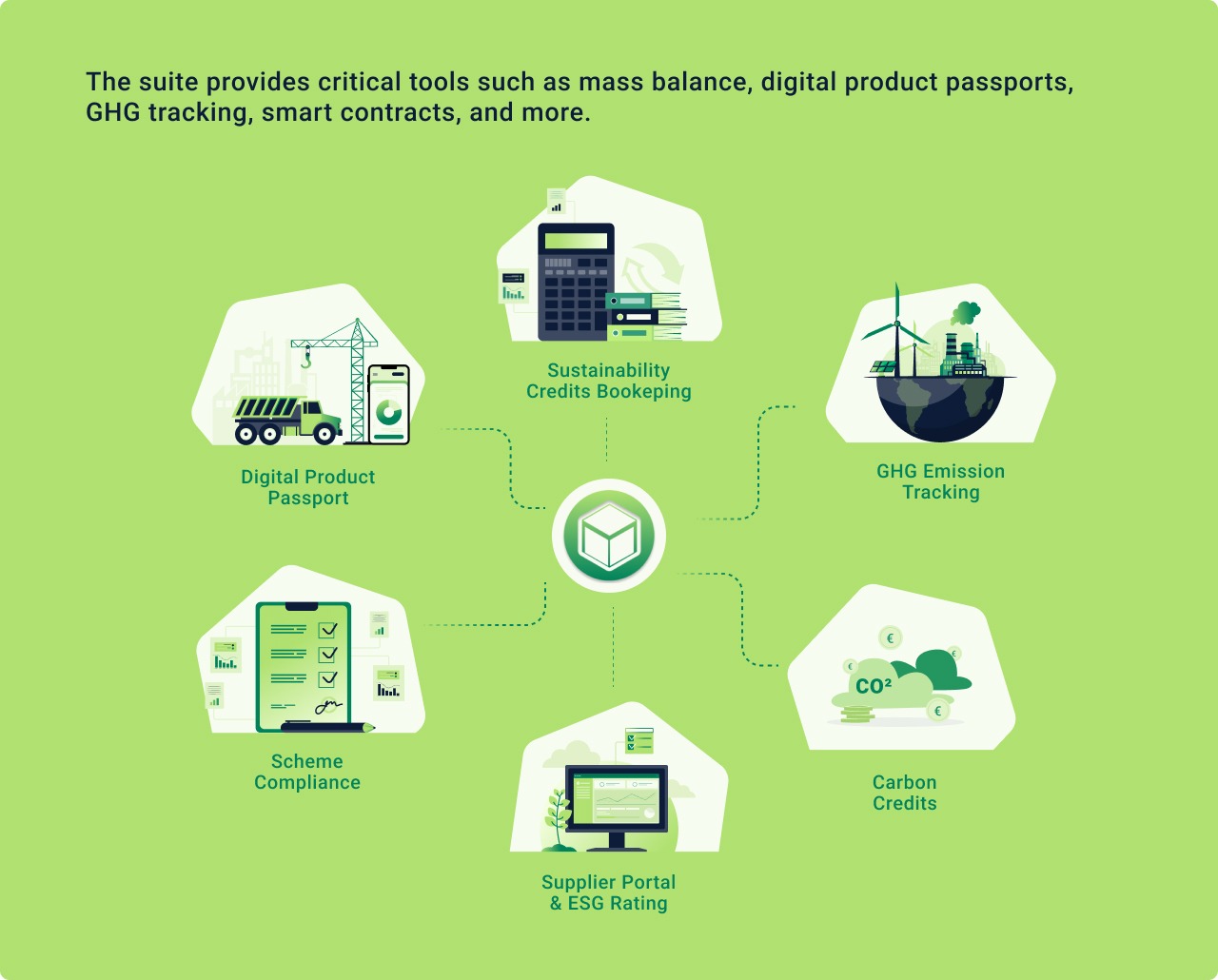
SABIC's Circular Feedstock Experience
As a chemicals industry leader, SABIC has become the first in its sector to achieve batch-level traceability from waste to packaging for its TRUCIRCLE products using MARCO Track & Trace; it supports end-to-end digital traceability of circular feedstock in customer products. SABIC's TRUCIRCLE™ portfolio is a major milestone in circular economy adoption. Their work with Plastic Energy and Intraplás shows how mass balance certification builds profitable partnerships in circular economy markets:
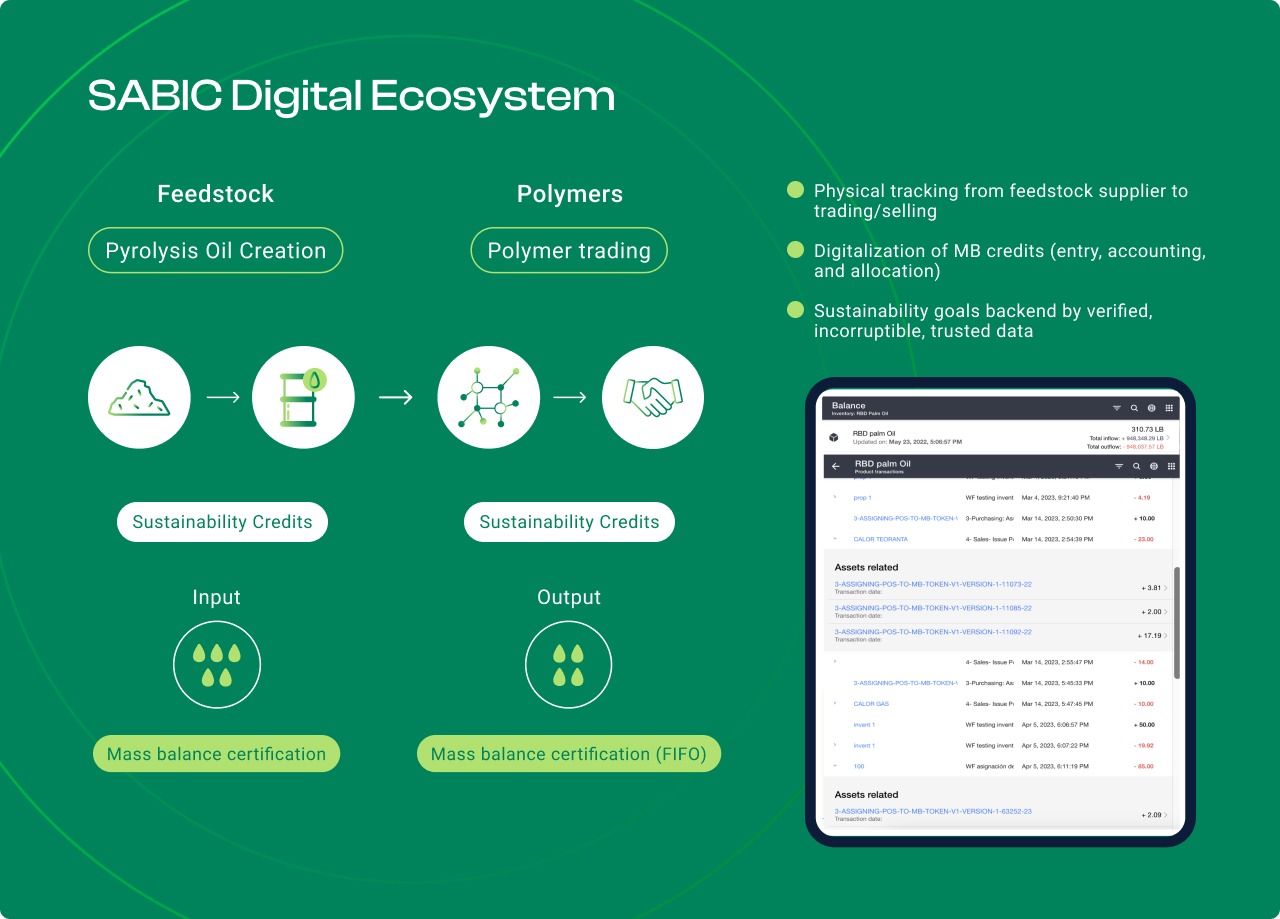
SABIC's Circular Feedstock Digital Ecosystem with MARCO Track & Trace
Digital traceability ecosystems powered by our blockchain-based technology helped SABIC maintain its position as a global leader in environmentally responsible chemicals.
MOEVE: Ensuring Transparency in Sustainable Cleaning Products
Committed to sustainability, Moeve leads in developing cleaner energy solutions, biodegradable products, and eco-friendly technologies. It is also the world's largest LAB producer.
MOEVE provides batch-level traceability and automates Mass Balance processes for sustainable chemicals through MARCO Track & Trace.
Moeve uses mass balance to track sustainability credits and ensure environmental standards, linking raw materials and product output.
These examples demonstrate how using mass balance methods along with advanced digital tools can lead to profitable ways to achieve sustainability in the chemical industry. This shows that by investing in eco-friendly practices, a company can meet its environmental responsibilities and gain significant business benefits by enhancing efficiency and standing out in the market.
As the regulatory landscape evolves, various certification schemes have emerged to help businesses demonstrate compliance and make credible sustainability claims. Many of these schemes incorporate mass balance principles, recognising their value in tracking sustainable materials through complex supply chains.
Let's explore some of them:
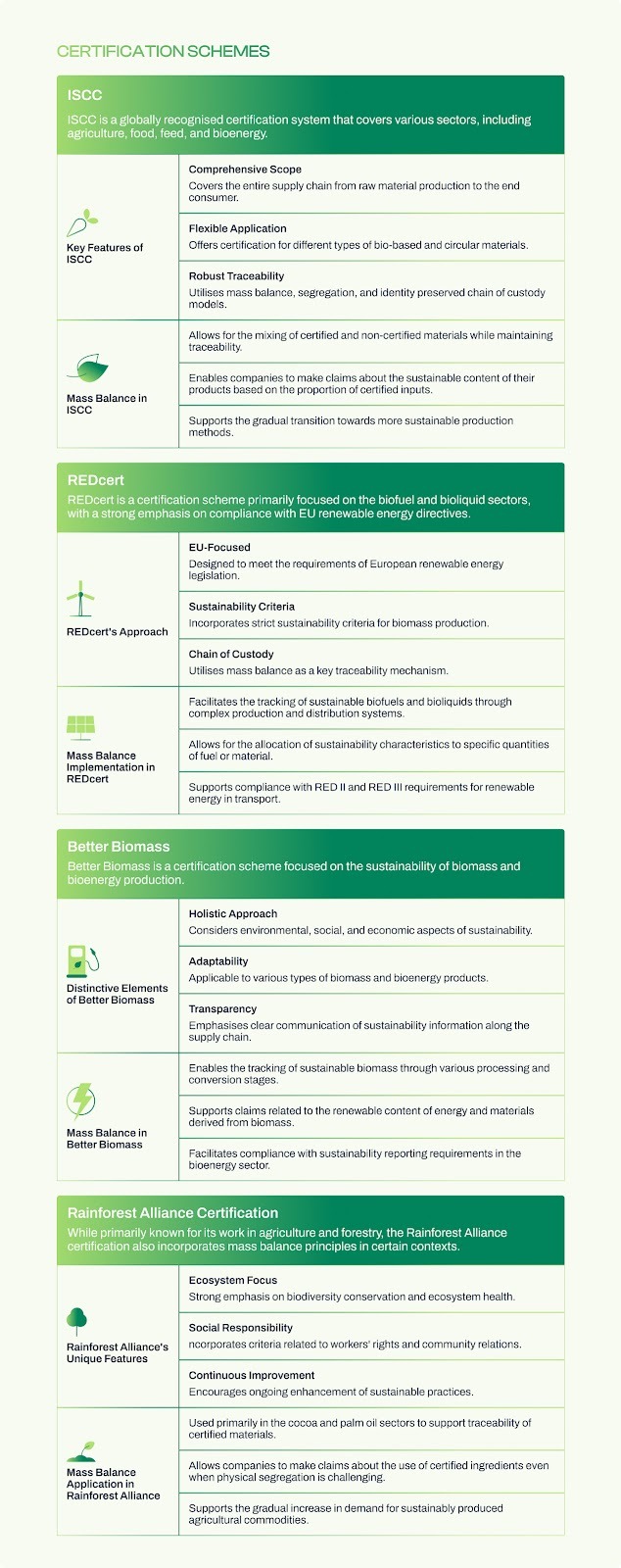
Certification Schemes: An Overview
By utilizing MARCO Track & Trace, businesses can showcase compliance with regulatory requirements and enhance communication of their sustainability initiatives to stakeholders. Through our solution, deploying a mass balance approach, businesses can adhere to these certification schemes.
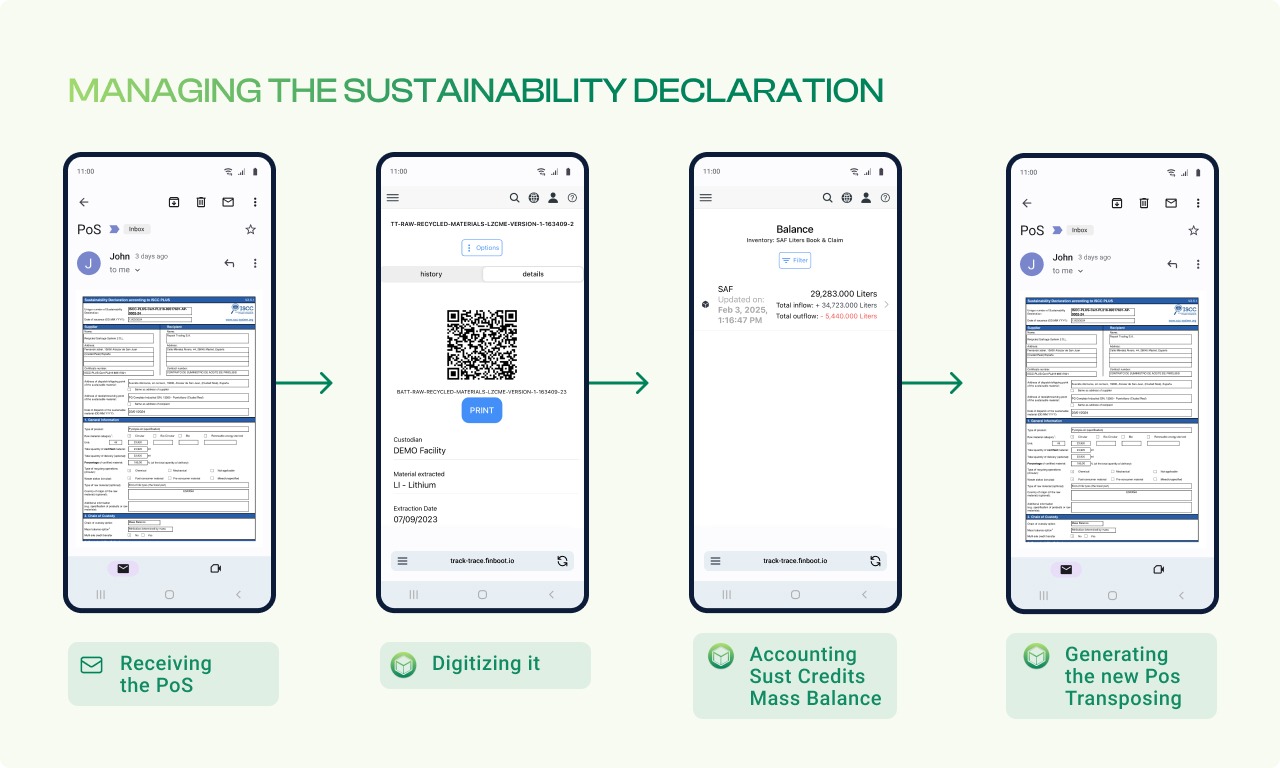
Sustainability Declaration Management with MARCO Track & Trace
As we've explored in this ebook, mass balance and bookkeeping go beyond regulatory compliance, offering a pathway to a more sustainable, transparent, and circular global economy. Accurately tracking the use of sustainable and certified materials across complex supply chains is vital amid challenges like climate change, resource depletion, and social inequality.
Embracing mass balance enables businesses across industries to comply with regulations, enhance sustainability performance, build consumer trust, and strengthen brand reputation. At the same time, it supports broader circular economy initiatives and fosters a more resilient supply chain.
Digital transformation is at the heart of achieving these sustainability goals. Modern platforms overcome the limitations of manual tracking, provide real-time visibility, and ensure precise monitoring of sustainability credits. They streamline certification processes, prevent errors such as double-spending, and unlock opportunities for companies to differentiate themselves in premium markets.
Success stories from industries leveraging digital mass balance systems illustrate how operational efficiency and environmental stewardship can go hand in hand. Sabic and Moeve show that organizations can maintain profitability while setting new standards for transparency, accountability, and sustainability across global supply chains.
For companies interested in optimizing mass balance and implementing robust bookkeeping systems, a demo of Finboot’s MARCO Track & Trace platform can provide actionable insights: https://www.finboot.com/pricing.
.svg)

.svg)
.svg)